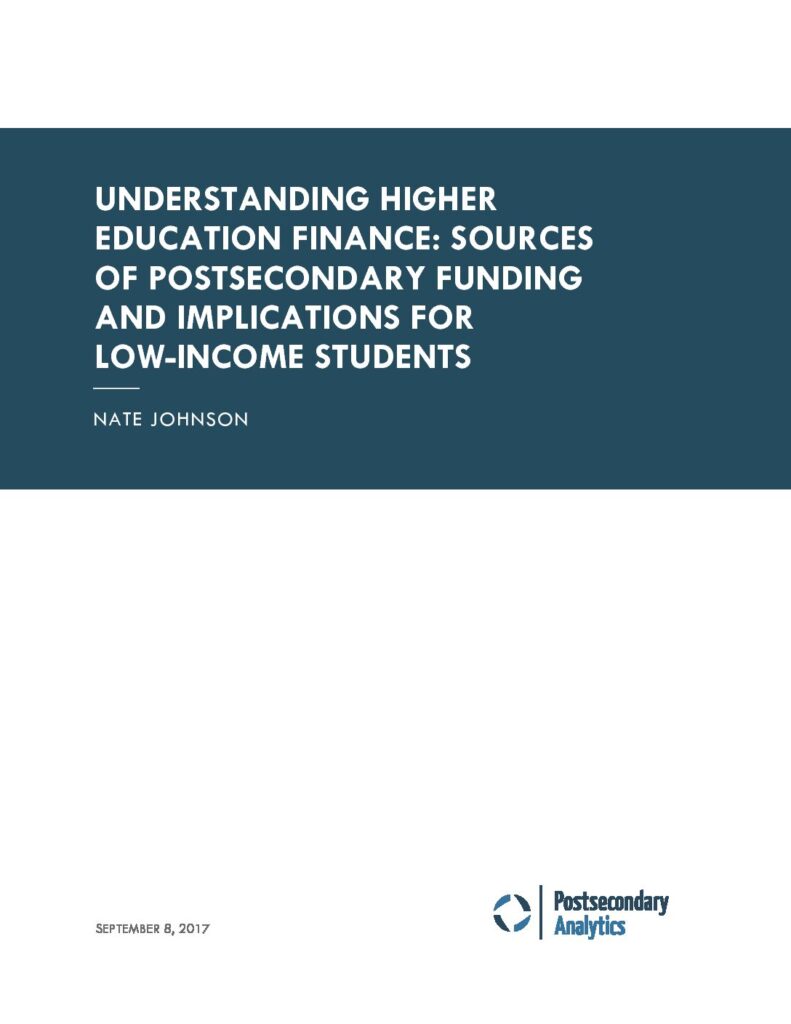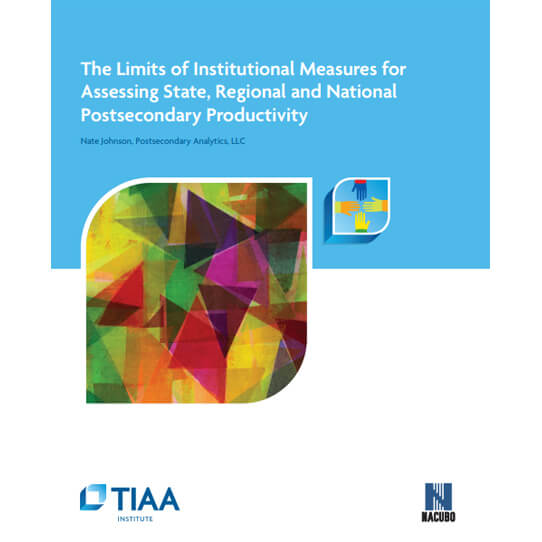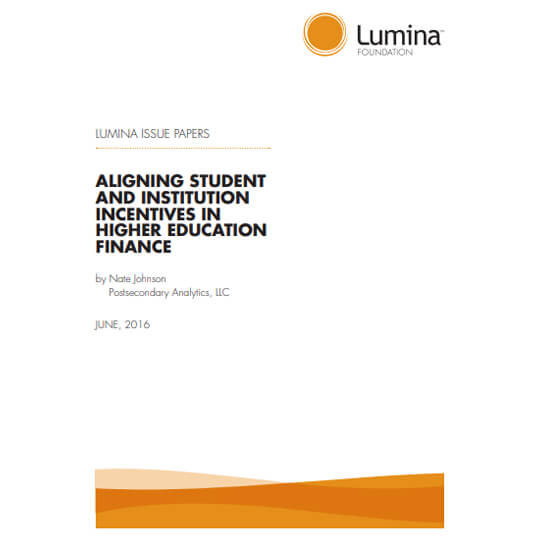Affirmative Action Ruling Treats Higher Education as a Prize to be Won
Here are a couple of thoughts to add to the mix as legal experts and university administrators work out the meaning of today’s unsurprising ruling on affirmative action in elite college admissions. First, the framing of higher education as a competitive prize to be won, which is shared by many parties on both sides of …
Affirmative Action Ruling Treats Higher Education as a Prize to be Won Read More »



